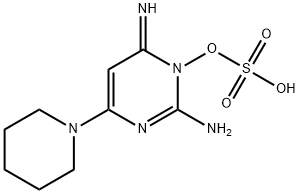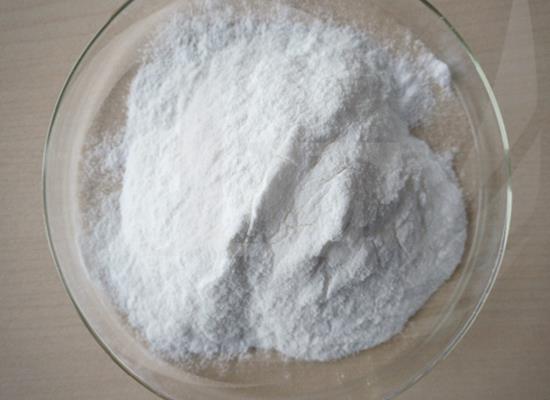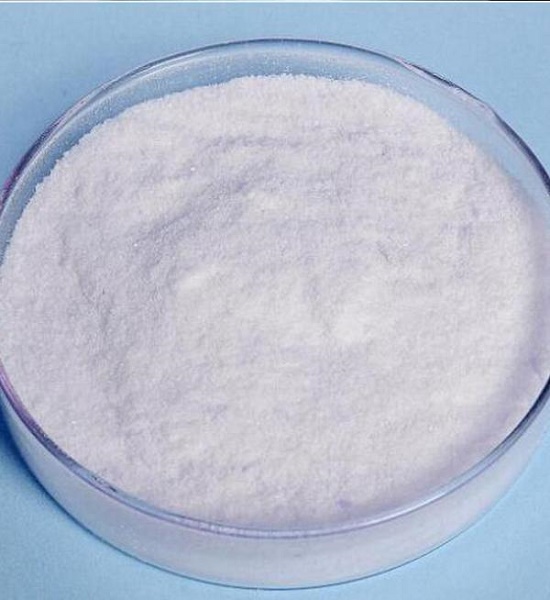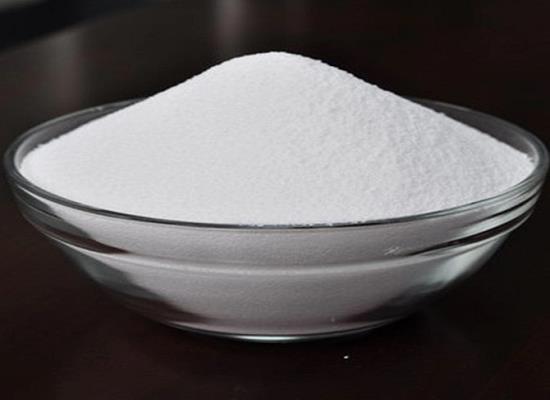Minoxidil sulphate: origin, mechanism of action and applications
General Description
Minoxidil sulphate is a derivative of minoxidil and is commonly used in the treatment of hair loss. It was initially developed as an oral medication for high blood pressure but was found to have a side effect of increased hair growth. Minoxidil sulphate is formed by adding a sulfate group to minoxidil, which enhances its stability and absorption when applied topically. Its mechanism of action in promoting hair growth is not fully understood but may involve shortening the resting phase of hair follicles, prolonging the growth phase, and increasing blood flow to the scalp. Minoxidil sulphate has shown effectiveness in promoting hair regrowth and reducing hair loss. Microparticles loaded with minoxidil sulphate have also been studied for targeted topical therapy of hair loss. Further research is needed to fully understand its mode of action and optimize its application in treating alopecia.
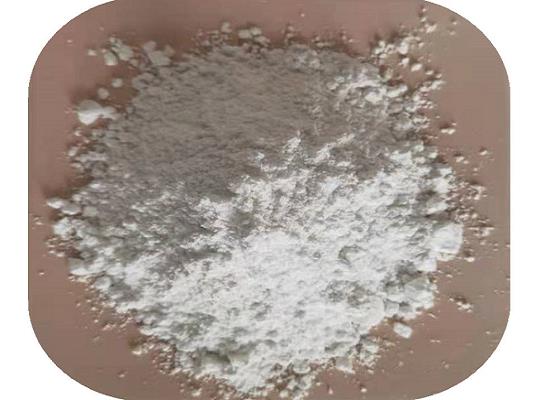
Figure 1. Minoxidil sulphate
Origin
Minoxidil sulphate is a substance commonly used in the treatment of hair loss and is derived from minoxidil, which is a vasodilator medication. Minoxidil sulphate is the sulfate salt form of minoxidil. Minoxidil, the precursor of minoxidil sulphate, was initially developed as an oral medication for the treatment of high blood pressure. However, during clinical trials, researchers noticed a side effect of increased hair growth in patients. This led to further investigation and the development of minoxidil as a topical solution for hair loss. Minoxidil sulphate is formed by adding a sulfate group to minoxidil. This modification enhances its stability and allows for better absorption through the skin when applied topically. The mechanism of action of minoxidil sulphate in treating hair loss is not fully understood, but it is believed to stimulate hair follicles, prolong the anagen (growth) phase of the hair cycle, and increase blood flow to the scalp. Today, minoxidil sulphate is commonly found in over-the-counter topical solutions and foams marketed for the treatment of male and female pattern baldness. It has shown effectiveness in promoting hair regrowth and reducing hair loss in many individuals. 1
Mechanism of action
Minoxidil sulphate's mechanism of action in promoting hair growth is not fully understood, but there are several proposed theories. Animal studies have shown that topical minoxidil shortens the telogen (resting) phase of the hair follicle, causing premature entry into the anagen (growth) phase. It is believed that a similar action occurs in humans. Minoxidil may also prolong the anagen phase and increase the size of hair follicles. Orally administered minoxidil is known to lower blood pressure by relaxing vascular smooth muscles through its metabolite, minoxidil sulphate, which acts as an opener of sarcolemmal KATP channels. Some evidence suggests that minoxidil sulphate's stimulation of hair growth is also related to the opening of potassium channels. However, it has been challenging to prove this theory, and there is currently no clear demonstration that KATP channels are expressed in the hair follicle. In vitro studies have described various effects of minoxidil on skin and hair follicle cells, including stimulation of cell proliferation, inhibition of collagen synthesis, and stimulation of vascular endothelial growth factor and prostaglandin synthesis. While these effects may be relevant to hair growth, applying results from cell culture studies to the complex biology of the hair follicle remains uncertain. Further research is needed to fully understand the mode of action of minoxidil on hair growth. 2
Applications
Minoxidil sulphate is a compound that has been studied for its potential application in the treatment of alopecia, or hair loss. Researchers have hypothesized that microparticles, when applied topically, can penetrate the skin barrier along the transfollicular route, allowing for targeted delivery of drugs. In a study, chitosan microparticles loaded with minoxidil sulphate (MXS) were developed and characterized. The microparticles were prepared using a spray drying technique and their yield, encapsulation efficiency, size, and morphology were assessed. The selected microparticles exhibited high encapsulation efficiency of approximately 82%, a mean diameter of 3.0 µm, and a spherical morphology without porosities. When suspended in an ethanol/water solution, the chitosan microparticles underwent swelling, increasing their mean diameter by 90%. Release studies demonstrated that these microparticles sustained the release of MXS at a rate about three times higher than the drug alone. The combination of sustained release and suitable particle size makes these chitosan microparticles a promising candidate for targeted topical therapy of alopecia using minoxidil. Further research and development may lead to the formulation of a targeted delivery system that enhances the effectiveness of minoxidil in treating hair loss. 3
Reference
1. Gupta AK, Talukder M, Venkataraman M, Bamimore MA. Minoxidil: a comprehensive review. J Dermatolog Treat. 2022;33(4):1896-1906.
2. Messenger AG, Rundegren J. Minoxidil: mechanisms of action on hair growth. Br J Dermatol. 2004;150(2):186-194.
3. Gelfuso GM, Gratieri T, Simão PS, de Freitas LA, Lopez RF. Chitosan microparticles for sustaining the topical delivery of minoxidil sulphate. J Microencapsul. 2011;28(7):650-658.
Related articles And Qustion
See also
Lastest Price from Minoxidil sulphate manufacturers

US $5.00-0.50/KG2025-05-08
- CAS:
- 83701-22-8
- Min. Order:
- 1KG
- Purity:
- 99% hplc
- Supply Ability:
- 500TONS
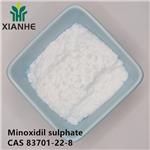
US $0.00/kg2025-04-25
- CAS:
- 83701-22-8
- Min. Order:
- 1kg
- Purity:
- 0.99
- Supply Ability:
- 1000kg
